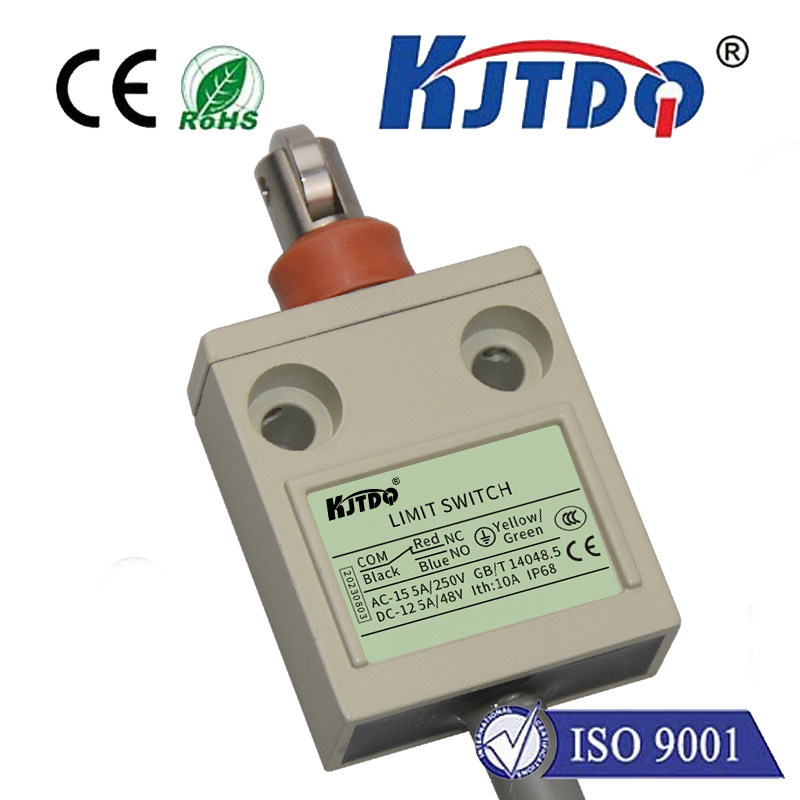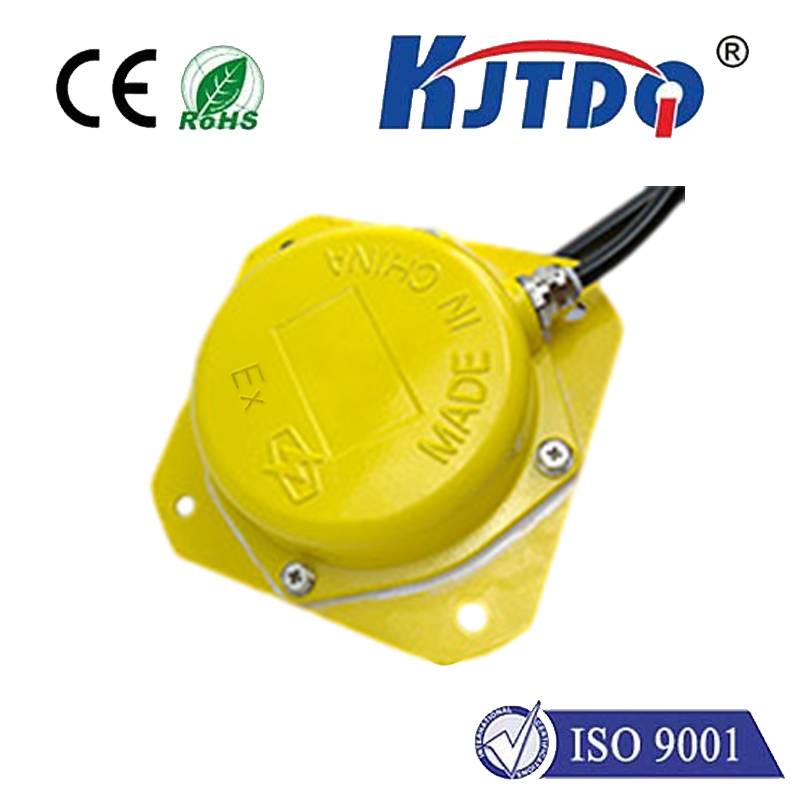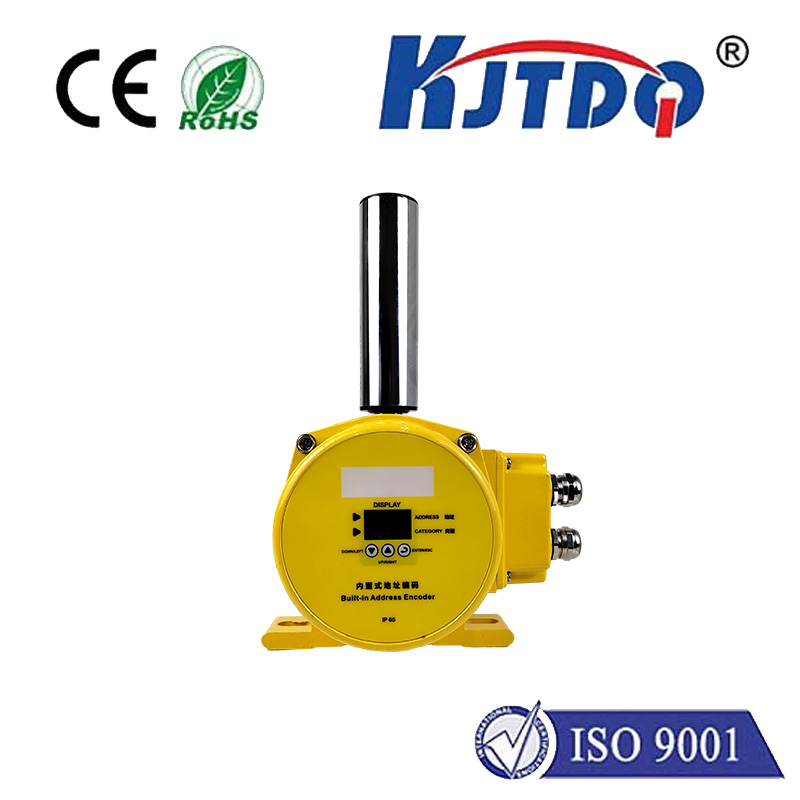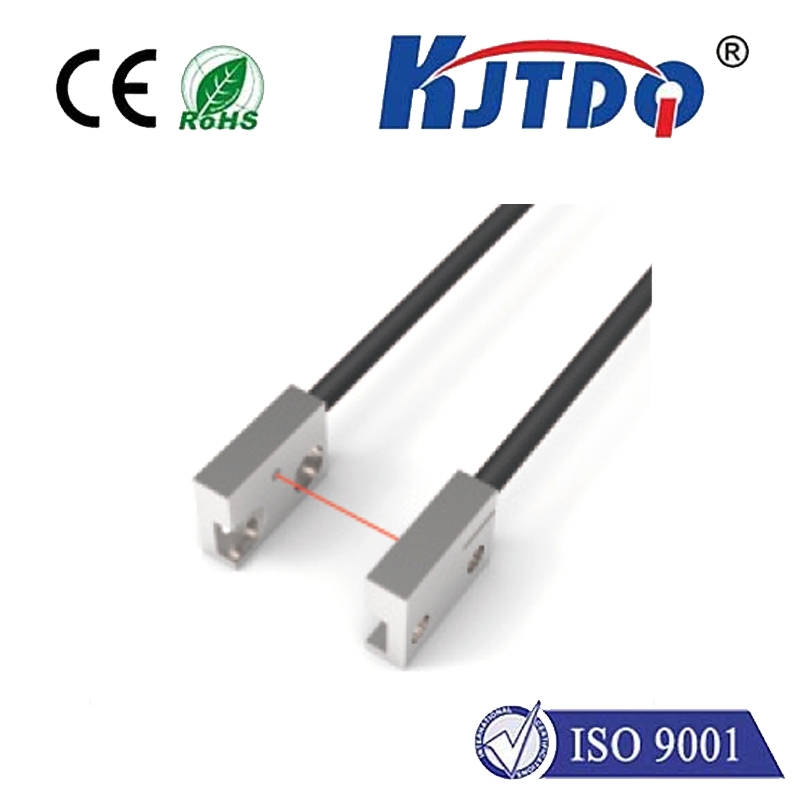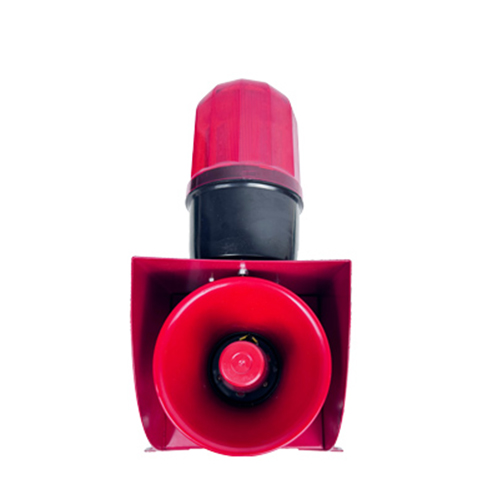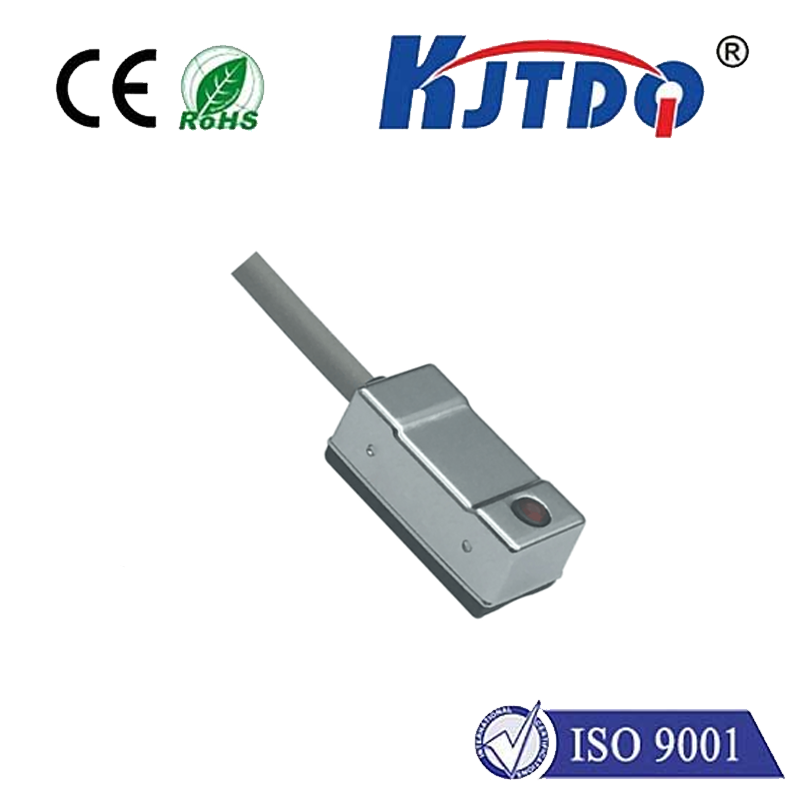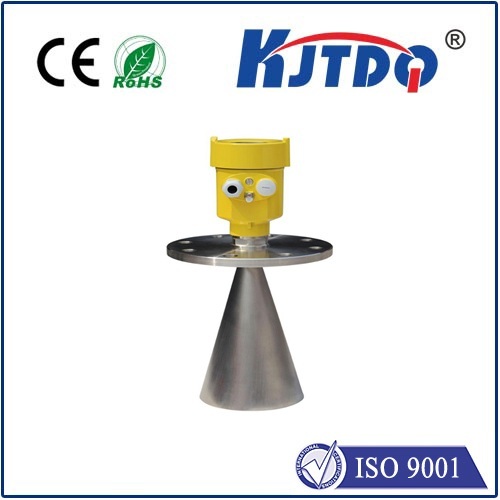proximity sensor non 6v
- time:2025-09-08 10:51:21
- Нажмите:0
Beyond 6V: Unlocking the Versatile Power Options of Modern Proximity Sensors
Imagine you’ve meticulously wired a proximity sensor into your brand-new automation project, only to find it remains stubbornly lifeless. The culprit? The sensor expects 10-30V DC, but your control panel only supplies 12V or 24V – a scenario far removed from the misconception that all proximity sensors run on 6V. This highlights a critical aspect often overlooked: the diverse and flexible voltage requirements of modern proximity sensors, enabling their use far beyond the confines of a specific 6V supply.
The term “proximity sensor non 6v” isn’t a model number; it’s a crucial identifier pointing towards sensors designed to operate outside a fixed 6V supply. This is incredibly significant for engineers, technicians, and DIY enthusiasts. Selecting a sensor compatible with your existing power infrastructure is paramount for reliability, simplicity, and cost-effectiveness. Using a sensor demanding a specific, non-standard voltage (like 6V) often necessitates cumbersome external power supplies or voltage converters, adding complexity and potential points of failure.
Why Voltage Range Flexibility is Mission Critical
The ability to function across a range of voltages is a defining feature of robust proximity sensors. Consider these compelling advantages:

- Integration Simplicity: Sensors rated for common industrial voltages like 10-30V DC or 20-250V AC (or wider DC ranges like 5-36V DC) can plug directly into standard machine control panels, Programmable Logic Controllers (PLCs), or power supplies without needing extra converters. This eliminates external voltage regulators, streamlining panel design and wiring.
- Enhanced Compatibility: Industrial environments rarely standardize on a single voltage like 6V. Systems commonly use 12V DC, 24V DC (a very common standard), 120V AC, or 240V AC. A wide voltage range proximity sensor effortlessly integrates into these diverse environments, making it a versatile component.
- Improved Resilience: Voltage fluctuations are inevitable on any electrical line. Sensors designed for a range (e.g., 10-30V DC) inherently tolerate minor sags or surges within those limits far better than a sensor strictly requiring exactly 6V. This tolerance ensures stable operation even under imperfect power conditions.
- Cost and Space Savings: Removing the need for auxiliary 6V power supplies or DC-DC converters translates directly into lower component costs and valuable savings on control panel space.
Navigating the Spectrum: Common Non-6V Voltage Options
Modern proximity sensors come in a rich variety of voltage specifications. Understanding these is key to selecting the right one:
- Wide-Range DC Sensors (e.g., 10-30V DC / 5-36V DC): These are arguably the workhorses of industrial automation. They offer immense flexibility, operating reliably from common DC supplies like 12V or 24V. Their design inherently accommodates fluctuations and simplifies sourcing replacement parts globally. This is typically the go-to choice when “non-6v” capability is needed for standard DC applications.
- Specific DC Voltages (e.g., 12V DC, 24V DC): While less flexible than wide-range models, sensors designed precisely for these very common voltages are highly optimized and widely available. They remain excellent choices when the system voltage is guaranteed stable.
- AC Sensors (e.g., 20-250V AC, 120V AC, 240V AC): Primarily used for higher power applications or where only AC mains power is conveniently available near the sensing point. Some models combine AC power handling with a DC output signal for control logic compatibility.
- Lower Voltage DC Sensors (e.g., 3-5V DC): Common in electronics projects, battery-operated devices, or interfacing directly with microcontrollers (like Arduino or Raspberry Pi). While distinct from 6V, they represent another “non-6v” category suited for specific low-power environments. Some models operate down to 3V DC, offering extreme efficiency.
Selecting the Right Sensor: Voltage is Just the Start
Choosing the optimal датчик приближения involves more than just matching voltage. Volatility range compatibility is foundational, but these factors are equally crucial:
- Sensor Type: Inductive (for metals), Capacitive (for various materials including liquids/plastics), Ultrasonic, Photoelectric? The target material and environment dictate this primary choice. Inductive sensors dominate metal detection in factories.
- Sensing Range: How far away does the object need to be reliably detected? Ensure the sensor’s specified range meets your application’s requirement with a small safety margin.
- Output Configuration: Does your control system need a simple NPN or PNP transistor switch (sinking or sourcing)? Or perhaps a Normally Open (NO) or Normally Closed (NC) contact? Matching the output type (NPN/PNP configurations are common for DC sensors) and state to your PLC or controller’s input card is essential. Some sensors offer analog outputs or specialized protocols like IO-Link.
- Environmental Factors: Consider IP rating (dust/water resistance), Диапазон температур tolerance, resistance to chemicals or welding spatter, and potential sources of electrical interference.
- Connector Style: Pre-wired cable, standard M8 or M12 connectors? This affects installation ease and maintenance.
The Critical Step: Always Consult the Datasheet
Never assume a sensor’s voltage based solely on its physical appearance or generic descriptions. The manufacturer’s datasheet is the ultimate authority. It clearly lists the permissible operating voltage range (e.g., “10-30V DC”), the required current draw, output type details, sensing ranges, environmental specifications, and wiring diagrams. Ignoring this step is the fastest route to mismatched components and project delays. Verifying voltage compatibility in the datasheet is non-negotiable.
Embracing the concept of “proximity sensor non 6v” empowers you to leverage the true flexibility and robustness these components offer. By understanding the importance of voltage range compatibility, recognizing the common non-6V options available (especially the ubiquitous 10-30V DC and 5-36V DC sensors), and carefully considering all selection criteria with the datasheet as your guide, you ensure seamless integration, reliable operation, and efficient design in any application, from complex factory automation to innovative electronics projects. The era of being constrained by a single voltage like 6V is long over.



